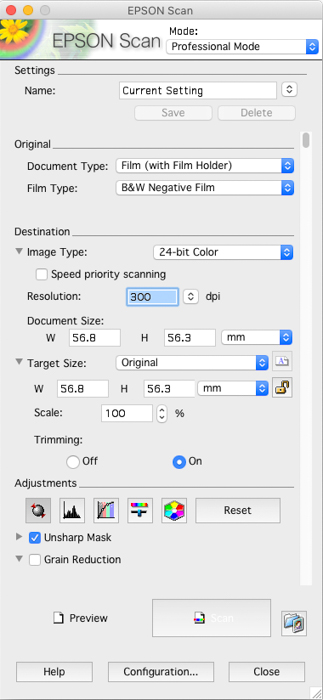
Also, I was able to capture more of the frame than Fulltone did.


My scanner captured color that looks a little truer to the actual slide. Their scans look slightly sharper than mine.īut the Fulltone scans have a green cast that I couldn’t entirely erase, a cast that isn’t present on the slide. My scans are first, Fulltone’s are second.įulltone managed to bring out far better shadow detail than I could get from the CanoScan, VueScan, and Photoshop flow I use. I edited them all in Photoshop to my liking - nothing too invasive, mostly stuff like color temperature and exposure. WordPress shrinks them further to fit the blog template. I shrank them to 1200×1200 for this comparison. My scans are at least 5100 pixels square - I select each frame by hand in VueScan, so the pixel dimensions vary slightly frame to frame. I thought I’d show you my scans and the Fulltone scans to see what you think. I can easily get more pixels from my Canon CanoScan 9000F Mark II. I knew I could cut costs even more by scanning the slides myself, but could I get scans as sharp and colorful as Fulltone’s? Also, Fulltone’s scans are smallish at 1024 pixels square. Fulltone Photo did the work for by far the lowest price of any of the labs I normally use.

Other slide films cost about the same - there are no bargain slide films! It cost me $30 plus tax to have those two rolls developed and scanned. The Velvia I shot recently was a gift, but it costs about $10 a roll in 120 and $18 in 35mm. But I shoot it seldom because the film, developing, and scanning are expensive. I enjoy color slide film for the bold, beautiful color it delivers.


 0 kommentar(er)
0 kommentar(er)
